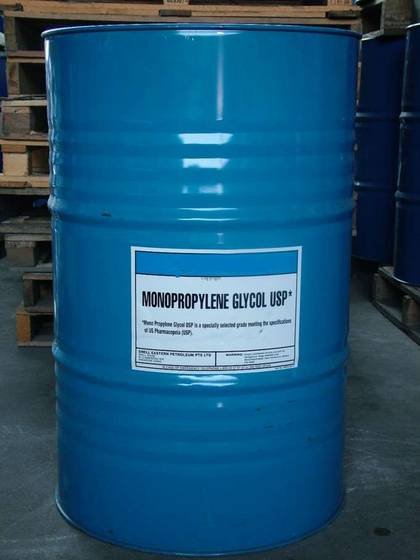What is the impact of glycol on the environment?
When our hybrid solar panels are coupled with a solar water heater, the heat exchanger is filled with water (60%) and antifreeze (40%). This antifreeze is necessary for Dualsun panels to function properly (and all solar thermal panels in general): it prevents the water in the heat exchanger from freezing in the winter, which could damage the solar installation. But what is this antifreeze? What is the impact of glycol on the environment?
A minimal impact on the environment compared to the lifespan of solar panels
Relying on solar energy, a renewable and inexhaustible source, avoids the use of fossil fuels. With Dualsun panels, more energy is produced in their lifetime than it takes to make them. The energy payback time of a Dualsun solar panel is approximately 3 years, i.e. when the amount of energy produced by the panel surpasses the total energy consumed during its manufacture.
The environmental impact is therefore low compared to the lifespan of solar panels between 25 and 30 years.
In the case of a “pressurized” CESI-certified installation, the water/antifreeze mixture will remain in place for the life of the system. At the end of this period, the question of how to recycle the solar panel, including this mixture, will arise. Thanks to the European organization PV Cycle, Dualsun solar panels are over 90% recyclable!
Learn more about this in our article on the carbon footprint of Dualsun panels: What is the environmental cost of solar panels?
If you are specifically interested in the antifreeze used in Dualsun panels, you should know that it is made of the compound Monopropylene Glycol (MPG). At the end of its 30 years of life, the fluid will become a waste classified under the number 160114 or 160115 of the European Nomenclature. Even if it comes from a sanitary-grade fluid, this antifreeze is still classified as a Special Industrial Waste and must be collected by an approved organization.
Collection and recycling of the glycol
In our case, our antifreeze supplier works in partnership with VEOLIA, which has the necessary permits and a national collection network. Once collected, the antifreeze undergoes a regeneration treatment by filtration. Sixty percent of the fluid is recycled to create new antifreeze; the rest is then sent to incinerators.
NB: Dualsun panels do not rise to very high temperatures (T°max = 75°C) compared to conventional thermal panels (T°max = 150-200°C). This characteristic has several advantages, in particular with respect to glycol.
Indeed, when the thermal panel rises to a very high temperature, the glycol may end up “caramelizing,” which requires frequent monitoring and maintenance of the solar circuit and eventually the fluid’s replacement.
Dualsun is therefore able to largely limit the impact of glycol on the environment and offers simplified maintenance compared to conventional solar thermal systems.
We are thus part of the circular renewable economy by producing our solar panels in the most sustainable way possible and by limiting the consumption and waste of resources and the production of waste materials.

